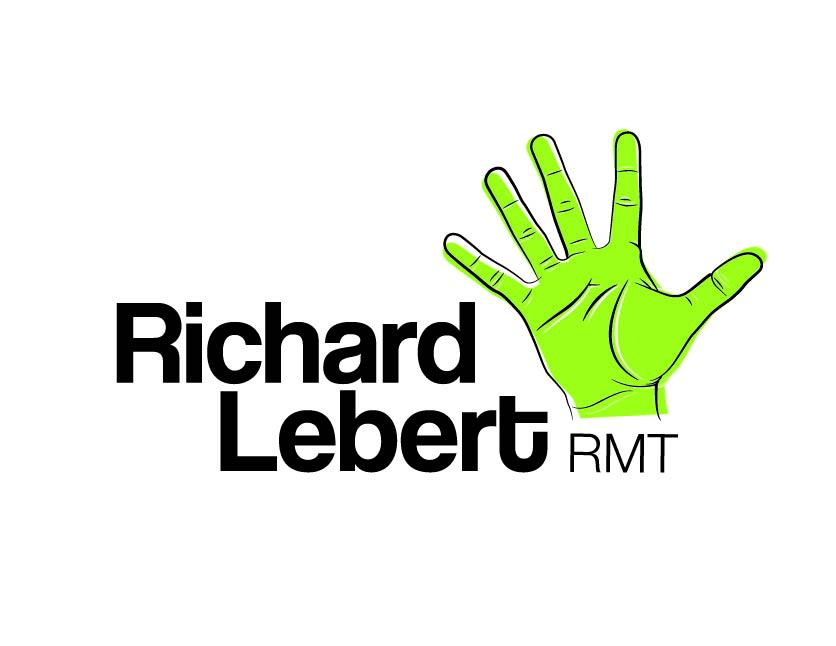Sports Massage - The Science is Emerging
/Massage therapy has been shown to be an effective way to relieve pain, decrease stress and promote overall well being. The best way to describe the effects of manual therapy is not a single, unified response but a collection of interconnected adaptive responses within the nervous system and soft tissue structures.
Read More






